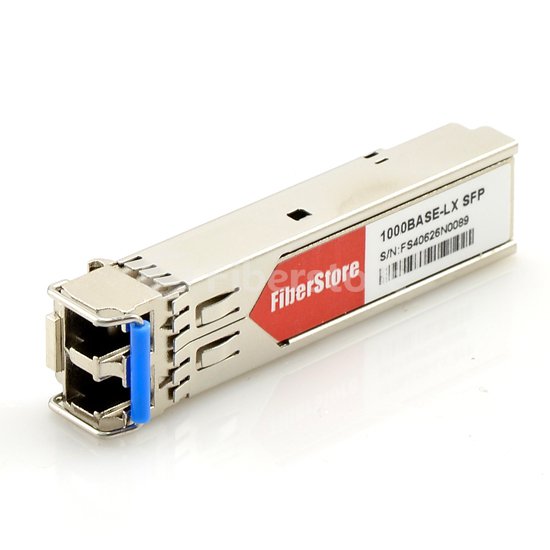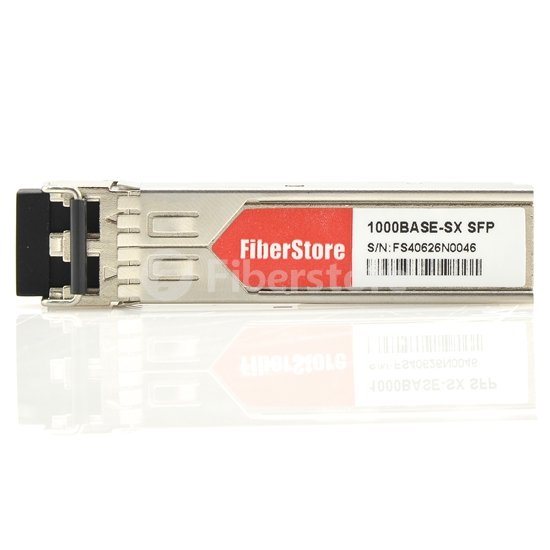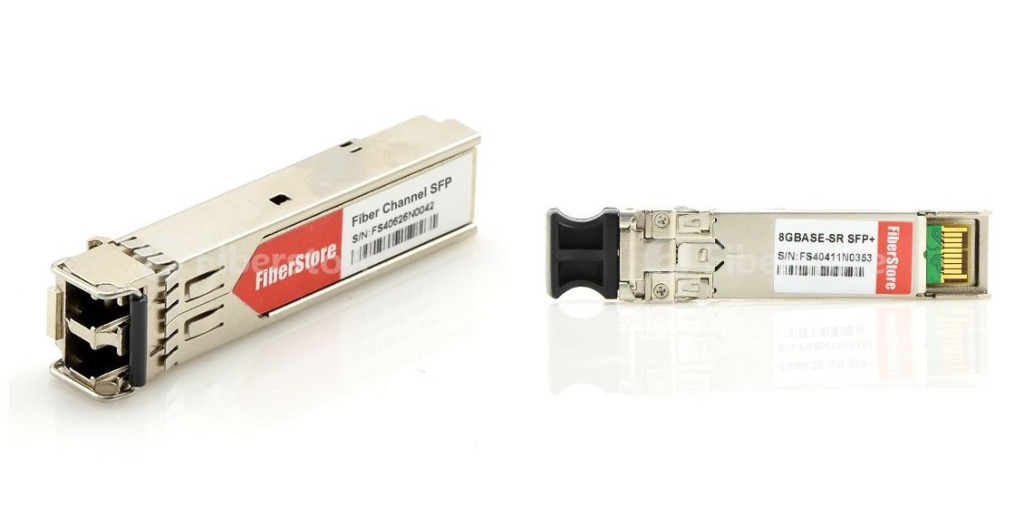SFP, small form-factor pluggable, is a specification for a new generation of optical modular transceivers. It is a compact, hot-pluggable transceiver used for both telecommunication and data communications applications. SFP is a popular industry format jointly developed and supported by many network component vendors. HP, as a leading provider of optical network equipment, provides various SFP transceiver choices for your Gigabit Ethernet applications. This article gives you some fundamental information about HP 1000BASE SFP transceivers.
HP SFP is a Multi-Source Agreement (MSA) standard for high speed application. The devices are designed for use with small form factor (SFF) connectors, and offer high speed and physical compactness. HP SFP transceivers are electrically hot-pluggable, which enables them to be easily interchanged, so electro-optical or fiber optic networks can be upgraded and maintained more conveniently than has been the case with traditional soldered-in modules. Rather than replacing an entire circuit board containing several soldered-in modules, a single module can be removed and replaced for repair or upgrading. This can result in a substantial cost savings, both in maintenance and in upgrading efforts. All HP SFP transceivers are well tested on HP switch to ensure optimal signal integrity and the best end-to-end performance.
There is a number of HP 1000BASE SFP optics that are available depending on the customer application and distance capability required. Each optical interface operates and is managed like a fixed port but gives the customer flexibility to hotswap or interchange to different optical module types. In this part, two different kinds of HP SFP transceivers will be introduced.
HP 1000BASE-LX SFP: HP 1000BASE-LX SFP transceiver, like HP J4859C, is specified to work over a distance of up to 10km over single mode fiber and it can also run over all common types of multi mode fiber with a maximum segment length of 550m. For link distances greater than 300m, you must install a mode-conditioning patch cord between the transceiver and the MMF cable on both ends of the link. HP J4859C SFP transceiver, as shown below, provides a full-duplex gigabit solution up to 10 km (singlemode) or 550 m (multimode).

HP 1000BASE-SX SFP: HP 1000BASE-SX SFP transceiver, like HP JD118B, is compatible with the IEEE 802.3z standard and operates multi-mode fibers link up to 550 m. HP 1000BASE-SX SFP transceiver module consists of three sections: a VCSEL laser transmitter, a PIN photodiode integrated with a trans-impedance preamplifier (TIA) and MCU control unit. It is often applied for Fibre Channel links, Gigabit Ethernet links, Fast Ethernet links, etc. HP JD118B SFP transceiver, as shown below, is a cost effective transceiver module with a wavelength of 850 nm which supports data rates of up to 1.25 Gbps.

HP SFP Transceivers are designed to support SONET, gigabit Ethernet, Fibre Channel, and other communications standards. Storage interface cards, also called HBAs or Fibre Channel storage switches, also make use of these modules, supporting different speeds such as 2Gb, 4Gb, and 8Gb. Because of their low cost, low profile, and ability to provide a connection to different types of optical fiber, SFP provides such equipment with enhanced flexibility.
Fiberstore is a professional manufacturer and supplier for optical fiber products and provides various kinds of SFP transceivers. We offers a large amount of compatible SFP transceivers branded by many famous companies, like Cisco, HP, Juniper, and Brocade. All these fiber transceivers are 100% compatible with major brands like Cisco, HP, Juniper, Nortel, Force10, D-link, 3Com, etc. Moreover, these 1000BASE SFP transceivers are with high quality and backed by a lifetime warranty.
